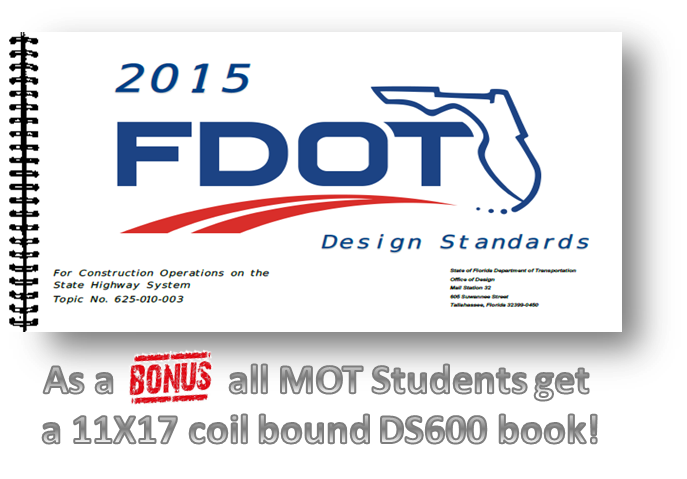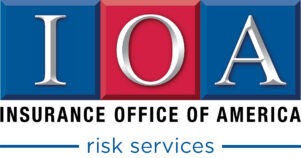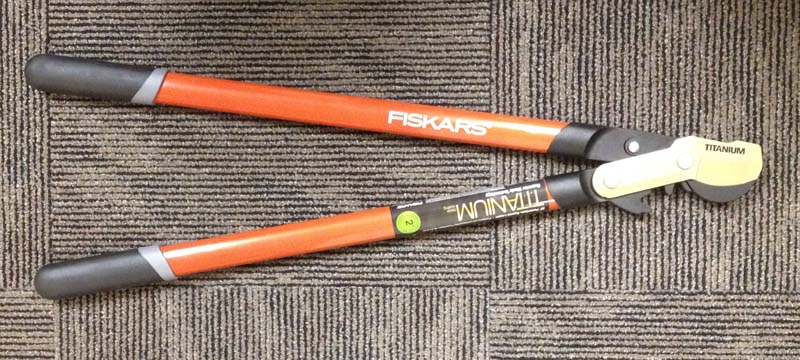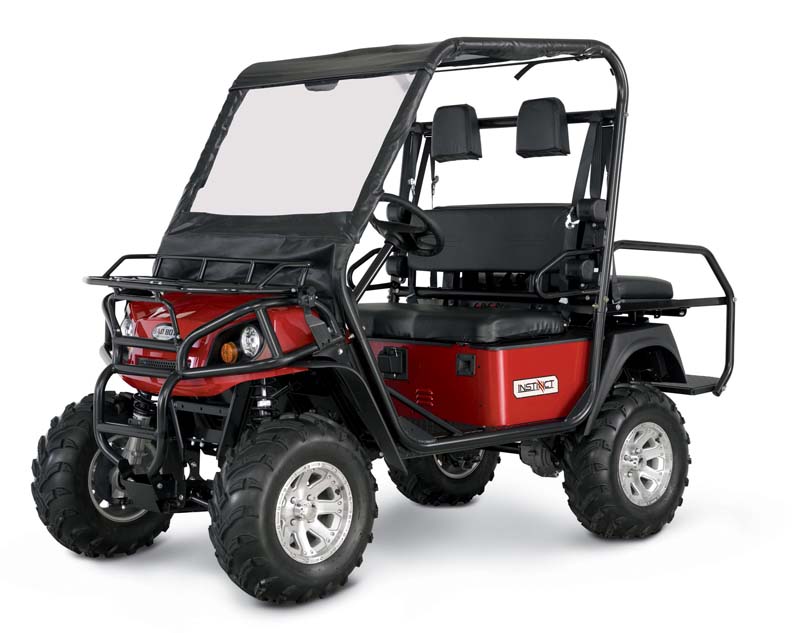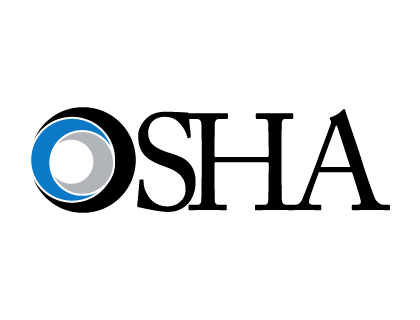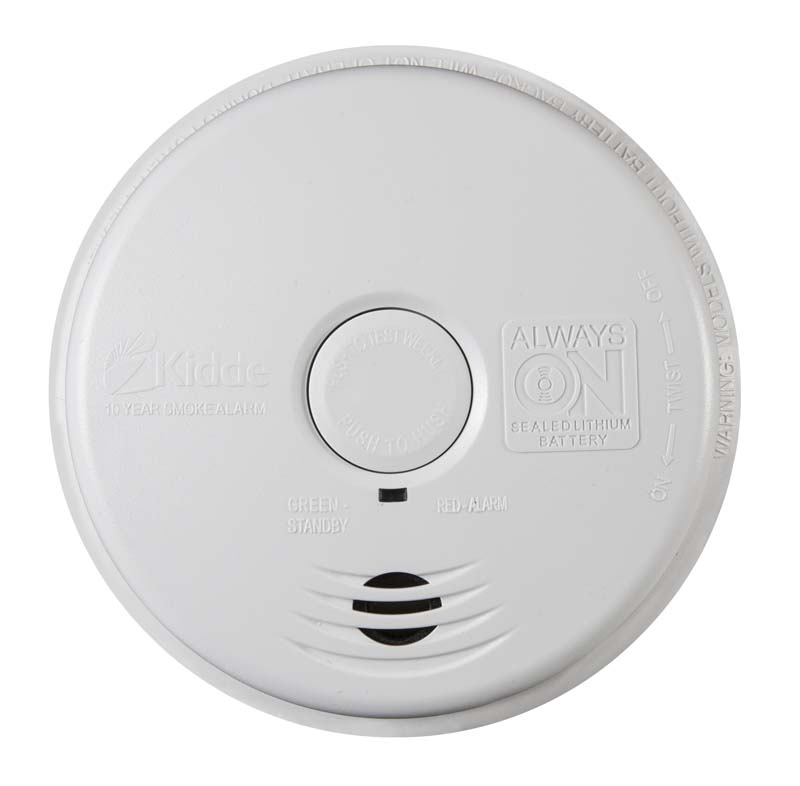Are you and your employees prepared on how to respond when faced with spills of hazardous materials and/or waste? Before deciding whether the 40 hr. or 24 hr. Hazwoper is suitable for your needs, you must determine the types of emergency situations that you may face.
In order to do so, several factors must be taken into consideration such as:
- The types and quantities of materials at your site
- The types of processes being conducted
- The availability of local emergency resources
- The potential impact on your employees and the community.
What is HAZWOPER?
HAZWOPER stands for Hazardous Waste Operations and Emergency Response. Once you have evaluated and determined the potential emergency situations for your operations, the next step is to review OSHA’s Hazardous Waste Operations and Emergency Response Standard 29 Code of Federal Regulations (CFR) 1910.120, also known as the HAZWOPER standard.
When reviewing the HAZWOPER you will come across Sections B through P which covers hazardous waste operations such as clean-up procedures at hazardous waste sites or operations involving hazardous waste at treatment, storage and disposal facilities. Thus, you will notice that Section Q only covers emergency response.
It is important that you address appropriate issues when researching HAZWOPER issues and/or choosing a training provider that will best identify your needs. It is not uncommon for people to enroll in a HAZWOPER class to learn about spill response only to find out later that the class focuses on hazardous waste sites.
What is a Hazardous Substance?
When it comes to chemicals, a variety of definitions for "hazardous" exist. The U.S. Department of Transportation (DOT) is concerned with the hazards of materials in transport and orients its definitions of hazardous toward air transportation and other specific transport concerns. The U.S. Environmental Protection Agency (EPA) is concerned with the impact on the environment when materials are released or disposed and makes hazardous determinations based on environmental and human health risks.
OSHA is concerned with the hazards of materials to which workers might be exposed in the workplace. Any chemical that might present a health or physical hazard is defined as a hazardous chemical under the OSHA Hazard Communication Standard. Health hazards include any adverse health effect from irritants to corrosives or carcinogens.
The HAZWOPER standard applies to releases of hazardous substances. Although it is an OSHA standard, it does not use the Hazard Communication Standard for hazardous chemicals. The HAZWOPER standard traces its origin to an EPA law, the Comprehensive Environmental Response, Compensation and Liability Act (CERCLA, also known as Superfund), and derives its definition of hazardous substances from CERCLA regulations. The CERCLA definition is based on the substance's potential impact on the environment and the community.
The basic idea is to include chemicals that would present a significant hazard to people or the environment if spilled or released. Chemicals that do not fall into one of these categories might still present a slight hazard to employees and emergency responders, but technically do not trigger HAZWOPER requirements.
Training requirements
The HAZWOPER standard establishes five basic training requirements related to chemical emergency response:
1. First Responder Awareness Level
2. First Responder Operations Level
3. Hazardous Materials Technician
4. Hazardous Materials Specialist
5. On-Scene Incident Commander
First Responder “Awareness” Level training is required for individuals who are likely to witness or discover a hazardous substance release and who would take no action beyond notification of the proper authorities. Even if you do not have a spill team and do not plan to respond to spill emergencies, your employees might need First Responder Awareness Level training. This training potentially could include everyone from the machine operator to the security guard.
First Responder “Operations” Level training is required for individuals who respond to releases or potential releases as part of the initial response. They are trained to respond in a defensive manner to protect people, property and the environment. Defensive actions are those taken from a safe distance to keep the spill from spreading and to prevent exposures. Examples include covering drains, placing spill booms or barriers and barricading access points, all from safe distances.
Hazardous Materials “Technician” training is required for individuals who will respond to the release or potential release for the purpose of stopping the release. In other words, they are responding in an offensive manner. They usually will be close to the source of the release and, therefore, have a high potential for harmful exposures. Examples include over packing a leaking drum or collecting contaminated absorbents.
The investment in training, as well as in procedures and equipment, substantially increases when moving up to the “Technician” level of response. Technician level calls for at least 24 hours of training. Personnel also must demonstrate competency in several areas, including the emergency response plan, instrumentation, the incident command system, selection and use of personal protective equipment, hazard and risk assessment, containment and control, decontamination, termination procedures and basic chemistry and toxicology.
Hazardous Materials “Specialist” training is similar to the Hazardous Materials Technician training. The specialist however, is required to have greater knowledge of the chemicals to which he or she might respond, as well as to act as a liaison with governmental authorities. He or she also provides support to the hazardous materials technician. Again, at least twenty-four hours of training is required.
On-Scene Incident Commander training is required for any response beyond the First Responder Awareness Level. The role of the incident commander is to assume control of the incident scene. The incident commander must be someone on-site who is designated and trained to be in charge of the incident. The required training will vary with the level and complexity of the response. The minimum required training is 24 hours.
Remember, like all OSHA requirements, these training requirements are a minimum. Based on the nature of your facility and its hazards, additional training may be necessary. It is also important for each emergency responder to stay current. With that said all levels of HAZWOPER training requires annual refresher training or a demonstration of competency.
By allowing a HazMat team to respond to nonemergency spills, a facility provides an excellent way to maintain skills that would be needed in an emergency. Whatever you choose to do, you must remember to document the training and competency evaluations.
If you have any questions regarding Hazwoper training or if you would like to book a Hazwoper class at your site, click here
Continue Reading
